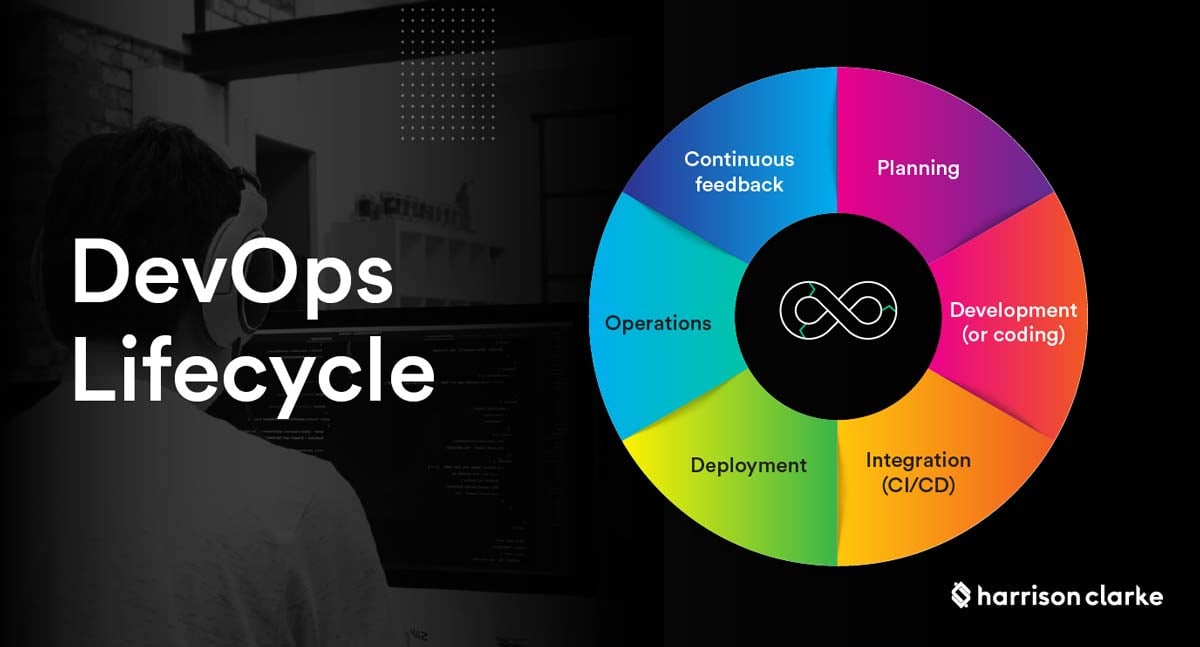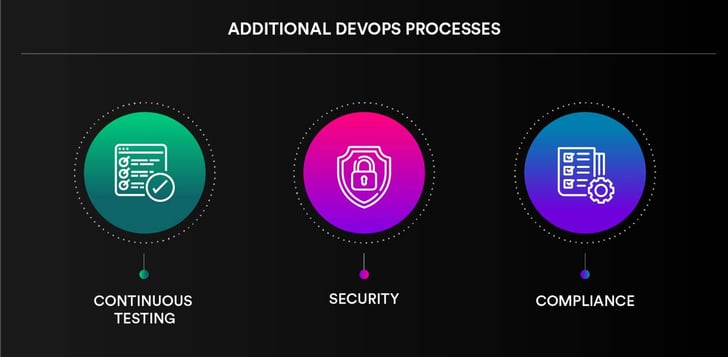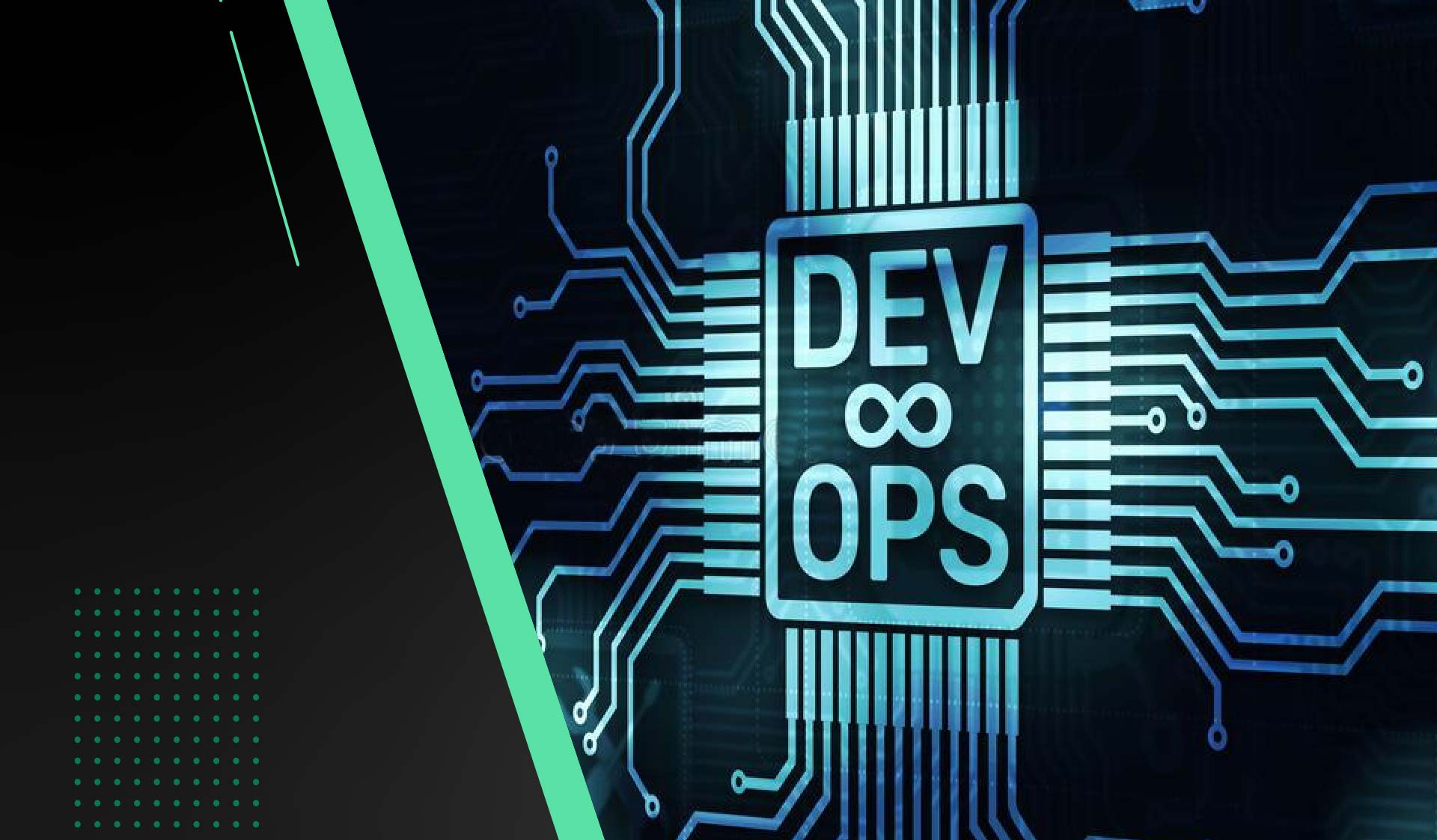Development teams first implemented an agile approach to software development to accelerate delivery and improve application quality. Agile software development practices are iterative and consist of making smaller and more frequent changes to the base code.
Through continuous integration and continuous delivery, or CI/CD, smaller code fragments are merged regularly into the code base and automatically integrated, tested, and prepared for production deployment.
DevOps emerged from agile methodologies and initiated a cultural change that focused on shared responsibility, communication, and collaboration between traditionally siloed teams throughout the entire lifecycle of a product. As the intersection of people, culture, and technology, DevOps practices enable faster and more reliable iteration of digital assets.
If you are considering implementing DevOps methodologies in your organization or are unsure whether your engineering team effectively implements DevOps, a good starting point is understanding the different phases in DevOps. Although the industry may hold slightly different viewpoints on how many workflows make up the DevOps lifecycle, the following six processes are the most common.
The DevOps lifecycle is a series of workflows that aim at increasing the speed of high-quality software releases."
The main phases of the DevOps lifecycle:

Planning
In the planning phase, teams analyze end-user feedback and internal stakeholders’ input in order to create an inventory of new features and functionalities that, once produced, can increase the business value of the product.
Development (or coding)
In this workflow, developers code and test new and improved features based on the information gathered in the inventory during the planning stage. Once the developers test the new features, the code goes further down the continuous delivery pipeline.
Integration (CI/CD)
The CI/CD stage is where the new code is integrated into the existing code and then tested and packaged for deployment.
Deployment (also called continuous deployment)
In this workflow, teams execute runtime tests for quality, compliance, and security. This phase aims to detect any errors and resolve them before the new features reach the end-users.
Operations
The operations phase starts once the new features are live and available for the end-users. In this stage, teams monitor performance and ensure the new release runs smoothly and without interruptions.
Continuous feedback
This workflow is where the organization gathers customer feedback on the new features’ functionality and performance to improve future releases. This phase entails analyzing what went wrong and finding ways to avoid similar incidents moving forward, hence continuously improving the product or service.
The six pillar phases of DevOps are supported by three additional processes that happen continuously during the DevOps lifecycle: continuous testing, security, and compliance. By integrating testing and security components from the beginning and in every phase, DevOps can reduce security risks early on.

Every company is different from size to headcount and revenue and has different DevOps needs. Understanding the different phases in the DevOps lifecycle is essential to successfully transform a company’s culture and implement DevOps best practices.



